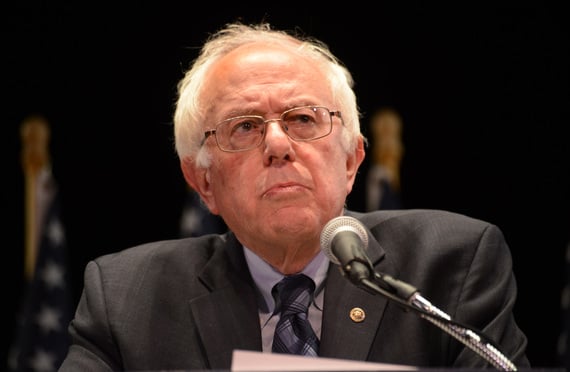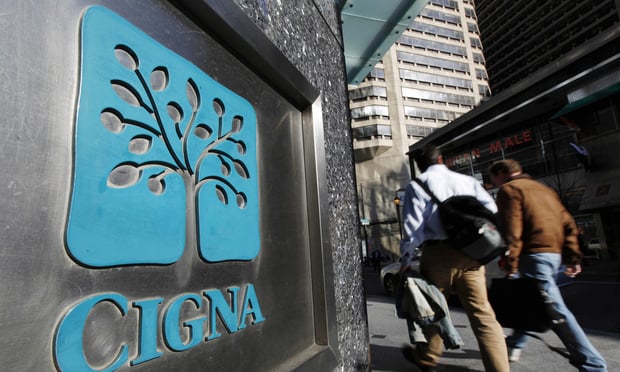Anne Cornwell considered two drastic strategies in her quest toget affordable health insurance premiums last year for herselfand her retired husband.
|One was divorce. Another was taking a 30 percent pay cut. Shechose the latter.
|That maneuver slashed the Chattanooga, Tenn., couple’s premiumsfrom exorbitant to economical. Instead of $2,100 a month — theamount she had been quoted for 2017 — their premiums are just $87monthly, her lost income more than compensated for by qualifyingfor insurance subsides.
|Cornwell’s solution — completely legal — reflects how a growingnumber of Americans are incorporating strategies for affording health insurance intofinancial planning, adapting money and salaries to yield betterchoices — much as people place money into 401(k) plans to save forretirement while reducing their tax.
|Her solution and others like it may resonate with otherAmericans who are now buying 2018 health plans on the individualmarket, through the Affordable Care Act’s online marketplaces oroutside them. Double-digit premium price hikes are forecast formany plans, a trend that has accelerated since President DonaldTrump announced his administration would not pay some ACA subsidiesto insurers.
|Open enrollment in the 39 states using the federal marketplacestarted Nov. 1 and ends Dec. 15 for coverage that starts Jan.1. Enrollment dates vary in otherstates.
|The vast majority of enrollees in Obamacare plans will not pay thehigher premiums, since modest incomes make them eligible foranother type of government-paid subsidy that will hold theirpremiums flat or close to it.
|But upper-middle-class people like Cornwell and her husband areexpected to pay full price, feeling the blunt force of what expertsand health economists agree are unbearable escalations.
|Some people may qualify for ACA subsidies through less extrememeasures than those taken by Cornwell, such as shifting money intotax-preferred savings account, such as a 401(k), and lowering theirtaxable incomes, said Frank Caccavale, an accountant from StatenIsland, N.Y. But when that is not sufficient, he counsels clientsto do what Cornwell did: “This is your only option. You have totake a pay decrease.”
|Cornwell hit upon her solution on her own after a month ofporing over spreadsheets.
|“When I saw what the premium was going to be in 2017, I had tosit down. I was shocked,” Cornwell said of the $2,100-a-monthfigure — for a plan that didn’t even cover care until they’d eachspent a $6,500 deductible. The couple simply couldn’t affordit.
|Cornwell, 62, made $80,000 a year as a project manager for asmall consulting firm that doesn’t offer health insurance. Herhusband, Donald Donart, 63 and a cancer survivor, receives SocialSecurity and a small pension, bringing their pretax householdincome to $92,000. Finding insurance required radical action.
|Between 5 and 7 percent of Americans with insurance — about17.6 million — buy it on the individual market. Of those, 7.5 million, or nearly half, don’t get subsidies, according toinsurance industry consultant Robert Laszewski. Many in thislatter group are professionals who work for small companies or havejobs where they work solo, for themselves.
||This story was producedby Kaiser Health News, which publishes CaliforniaHealthline, an editorially independent service ofthe California Health Care Foundation.
|When Cornwell saw that premiums for 2017 would rise by hundredsof dollars a month — double what they’d paid in 2015 — the couplelooked hard at the options:
|Should they get divorced and file taxes separately so Donart’slower income would qualify him for cheaper insurance? Tooimpractical because of Tennessee’s legal requirements, Cornwelldecided.
|Should they form a business that paid Cornwell a lower salarythan she was making? That would have taken too long.
|Donart was ready to go without insurance for a year until theycould figure out something else. But Cornwell worried about hiscancer history, and both have chronic health conditions.
|Under Obamacare, subsidies are available for people whose annualincomes are from 100 percent to about 400 percent of the federalpoverty line. For2017, that was $16,020 to $64,080 for a family of two.
|So, Cornwell sat down to figure out how to reduce their incometo qualify.
|Four spreadsheets later, Cornwell asked her boss to reduce herhours by 30 percent, dropping her pay by $24,000 a year. She becamea part-time hourly employee — at $56,000 a year. The couple nowqualified for a $27,000 subsidy that made up for Cornwell’s lostincome.
|Their subsidized premium was so low that they upgraded to abetter silver-level plan, which carried a lower deductible than thebronze plan they had passed up.
|Katy Votava, president of goodcare.com, a consulting firm thatadvises people about health care costs, suggests people use afinancial planner for taxes and health care. “The anxiety, theuncertainty and the culture is so high, it gets in the way ofpeople making solid decisions,” she said.
|She generally doesn’t recommend the radical approach ofdrastically cutting salaries, although that may work in some cases.Instead, she tells clients to contribute as much pretax money asthe IRS allows — and as they can afford — each year intotax-advantaged retirement and health savings accounts. That reducestaxable income, which determines whether someone qualifies for asubsidy and how much.
|In 2018, people can contribute up to $18,500 a year to a 401(k)retirement account. If they are older than 50, they can put in$6,000 more — a total of $24,500 annually. Health savings accounts,which can be used to pay eligible medical and dental expenses,provide a similar tax break. Neither was an option for Cornwell,whose small employer doesn’t offer those kinds of benefits.
|Cornwell and her husband were satisfied with the subsidized planthey had this year. But she is deeply frustrated by the system andthe somersaults she had to turn to make it financially viable.“This is when I should be maximizing income and putting it away …but we’re going the other way,” Cornwell said.
|She said that she and her husband are looking ahead, runningdown the clock until they turn 65 and qualify for Medicare.
|They intend to keep the same health plan in 2018 and areapproaching this year’s open-enrollment event with anticipationinstead of dread. Their insurer has told them to expect much higherpremiums. But, according to healthcare.gov’s calculator, they’llalso get a much higher subsidy.
|That will drop their monthly premium to zero.
|This story was produced by Kaiser HealthNews, which publishes California Healthline, an editorially independentservice of the California Health Care Foundation.
Complete your profile to continue reading and get FREE access to BenefitsPRO, part of your ALM digital membership.
Your access to unlimited BenefitsPRO content isn’t changing.
Once you are an ALM digital member, you’ll receive:
- Critical BenefitsPRO information including cutting edge post-reform success strategies, access to educational webcasts and videos, resources from industry leaders, and informative Newsletters.
- Exclusive discounts on ALM, BenefitsPRO magazine and BenefitsPRO.com events
- Access to other award-winning ALM websites including ThinkAdvisor.com and Law.com
Already have an account? Sign In
© 2024 ALM Global, LLC, All Rights Reserved. Request academic re-use from www.copyright.com. All other uses, submit a request to [email protected]. For more information visit Asset & Logo Licensing.








